What would you do with this garden?
bahia
12 years ago
Related Stories

GARDENING GUIDESGreat Design Plant: Knock Out Roses
As glorious as their high-maintenance kin for a fraction of the work, Knock Out roses make even beginners look like garden stars
Full Story
GARDENING GUIDESGreat Design Plant: Milkweed
Quit cringing. This not-weed plant is a sight to behold in the garden, has a delicious vanilla scent and is a magnet for butterflies
Full Story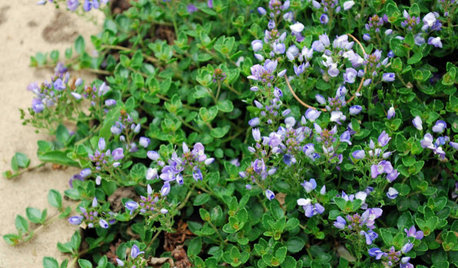
GARDENING GUIDESGreat Design Plant: Veronica
Consider adaptable Veronica, or speedwell, for its colorful blooms, butterfly-drawing power and low maintenance requirements
Full Story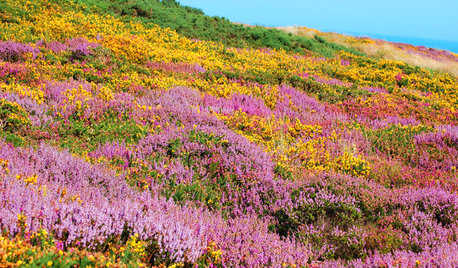
GARDENING FOR BUTTERFLIESGreat Design Plant: Scotch Heather
The moors aren't all moody, as this prettily colored evergreen shrub proves. Plant it en masse for an epic romance in your own garden
Full Story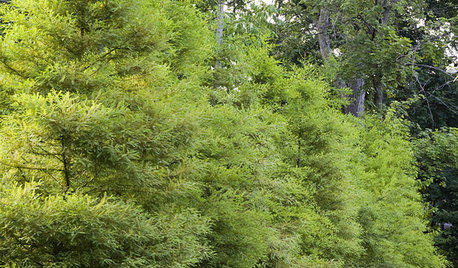
GARDENING AND LANDSCAPINGGreat Design Plant: Bald Cypress
Enjoy this beautiful tree's feathery foilage, fall color and tolerance of wet and dry soils
Full Story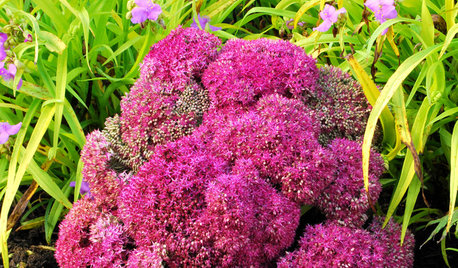
GARDENING GUIDESGreat Design Plant: Sedum (Stonecrop)
Terrific at filling gaps and in a wide range of colors and shapes, sedum is a problem solver in the garden
Full Story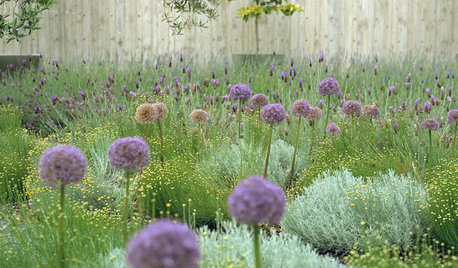
GARDENING GUIDESGreat Design Plant: Ornamental Allium
Lollipop blooms on tall, leafless stems add an architectural element to gardens of all styles
Full Story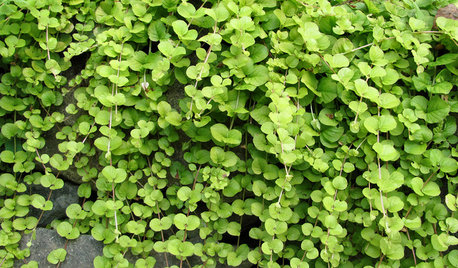
GARDENING AND LANDSCAPINGGreat Design Plant: Golden Creeping Jenny
Try this fast-growing ground cover for easy masses of gold and green in the garden
Full Story
WINTER GARDENING10 Native Wildflowers to Beautify Your Winter Garden
They stand strong in wind, feed wildlife and are easy to grow. But you may want to add these plants for their looks alone
Full Story
NATIVE PLANTSGreat Design Plant: Wild Bergamot, Friend of Foragers
Nourish butterflies and other winged creatures with the tubular flowers of Monarda fistulosa, a pretty pink native
Full StoryMore Discussions






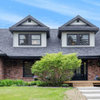
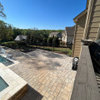

woodyoak zone 5 southern Ont., Canada
bahiaOriginal Author
Related Professionals
Lowell Landscape Architects & Landscape Designers · Marco Island Landscape Architects & Landscape Designers · Battle Ground Landscape Contractors · Braintree Landscape Contractors · Ellensburg Landscape Contractors · Norwalk Landscape Contractors · Pomona Landscape Contractors · East Norriton Landscape Contractors · Grandview Decks, Patios & Outdoor Enclosures · Kalamazoo Decks, Patios & Outdoor Enclosures · Olathe Decks, Patios & Outdoor Enclosures · Glendale Decks, Patios & Outdoor Enclosures · Bedford Swimming Pool Builders · Lisle Swimming Pool Builders · Rocklin Swimming Pool Builderswoodyoak zone 5 southern Ont., Canada
bahiaOriginal Author
timbu
karinl
tanowicki
Frankie_in_zone_7
bahiaOriginal Author
Frankie_in_zone_7